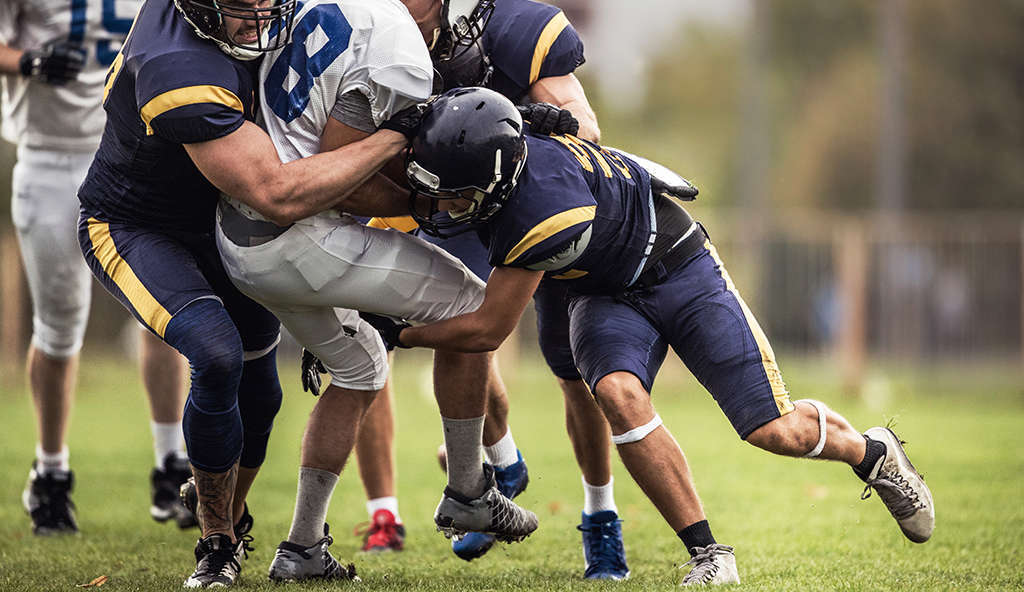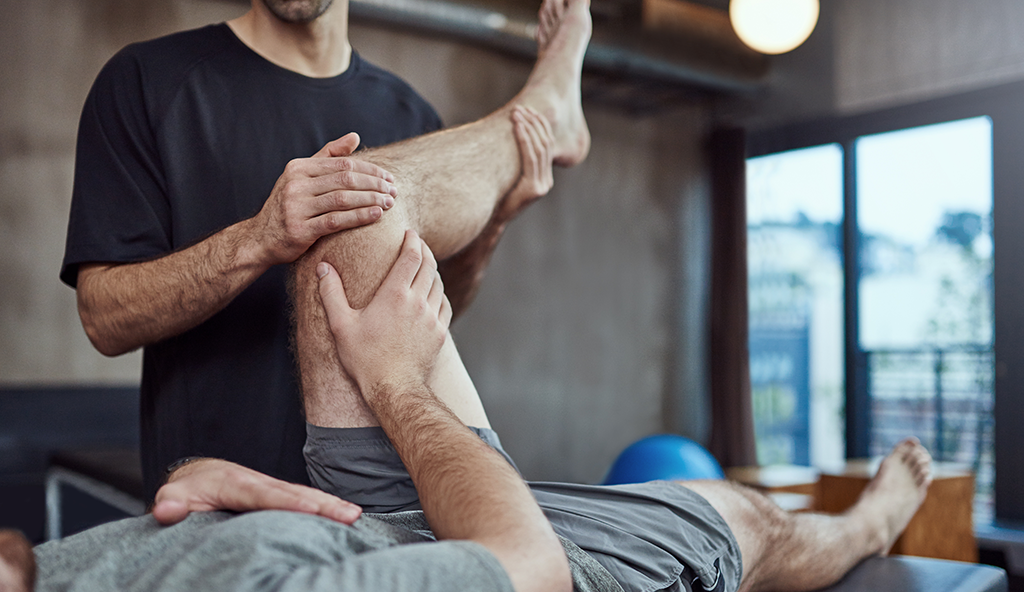Injury Overview
The PCL, or posterior cruciate ligament, is located inside the knee joint towards the back (or posterior aspect) of the knee. It is responsible for keeping the bone in the leg from moving backward (or posterior) in relation to the bone in the thigh. It is also responsible for stabilizing the knee during rotational movements. The PCL can become injured when the knee is either hyper-extended or forced directly backwards. Most often, this occurs in a traumatic setting such as a violent fall while skiing, during a motor vehicle accident, or through a serious impact during a sports event.
Symptoms
Knee pain, swelling, and limited mobility are the most common symptoms of a PCL injury. Many times, the symptoms can be similar to those of an ACL knee injury, however, with a PCL tear instability symptoms will be related to the abnormal ability of the tibia to slide posteriorly in relation to the femur.
Diagnosis
Dr. Anz will perform a thorough physical examination and will palpate and manipulate the knee to assess the degree of injury. A Posterior Drawer test and Dial Test are important physical exams when a PCL injury is suspected. Additionally, a stress X-ray and MRI will be used to confirm the diagnosis. PCL knee injuries are graded based on the amount of abnormal movement that occurs upon examination, and injuries range from a partial tear with minimal posterior sag to a complete tear of the PCL.
Treatment
Not all PCL tears will require surgery, as certain injuries to the PCL are likely to heal with time. Dr. Anz may recommend a non-surgical treatment that will involve a rest period, icing, quadriceps strengthening, and bracing. Anti-inflammatory medication will help alleviate pain immediately after the injury and will allow the patient to make progress with therapy. In certain instances it may be recommended that the PCL undergo surgical reconstruction.
Surgical Treatment
Dr. Anz utilizes an arthroscopic approach to reconstruct the PCL. In the majority of cases, a donated graft is used. If multiple ligaments are injured, a surgical reconstruction of the PCL, as well as treatment to the other damaged ligaments will be required
Post-Operative
Following a PCL knee surgery, Dr. Anz will require you to wear a brace for at least 6 months as gravity wants to pull the tibia backward and stretch the graft. During this time, physical therapy will occur with a slow, consistent progression. Initially, the therapy will focus on returning motion back to the injured knee and surrounding muscles while protecting the healing ligament. A progressive strengthening program is very important, and eventually release to normal activities can be expected.
—
For more information of PCL knee injuries, or for additional resources on PCL reconstruction surgery, please contact the Gulf Breeze, Florida orthopedic surgeon, Dr. Adam Anz located at the Andrews Institute.




